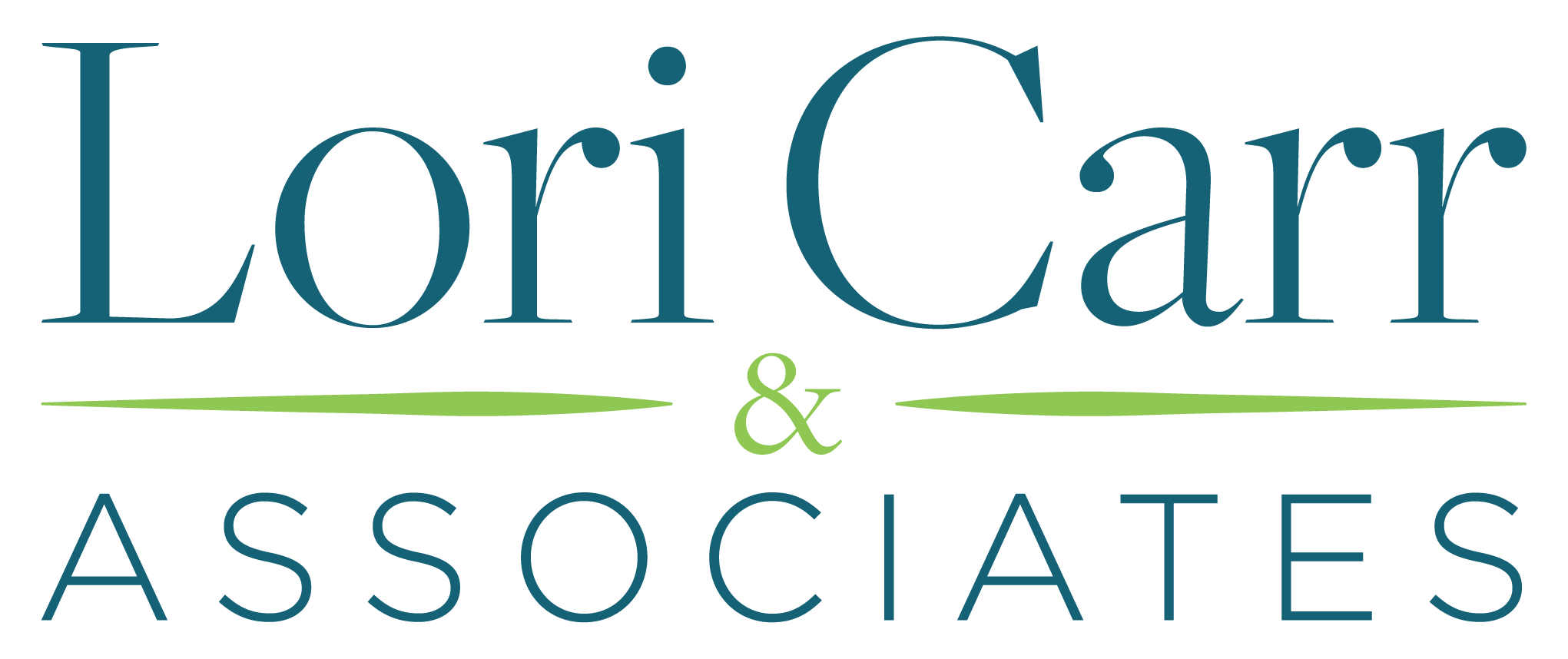- Want to learn more?
- [email protected]
Loyalty Programs: The High Value of Attachment

Customer Retention CXM: The New Frontier
November 20, 2014
What You Must Know to Win Customers Back
December 2, 2014Loyalty Programs: The High Value of Attachment

Customer loyalty and rewards programs have been around for a long time. But how do they work? And can we achieve success for both customer and company in the B2C or B2B environment?
Customers review where their money is spent and consolidate their purchasing under loyalty programs featuring rewards that they actually want. What are your loyalty program’s objectives, strategies, positioning, and value? For maximum appeal, offer customer-relevant reward options and a quick, easy redemption process—and understand the loyalty myths outlined by Forbes.
B2C and B2B loyalty programs are alike in that both are designed to create sustainable customer intimacy and engagement that leads to increased financial gain for the company and better value for consumers; however, the methods utilized for these programs are different.
Building a high power, B2B loyalty program starts with understanding company priorities and the unique needs of the customers with whom you want to create loyalty. Then, a data-driven, customer-centric program is used to directly target those customers in order to drive value, which transforms the client relationship in a way that uniquely supports your company’s specific goals.
The several sequential steps required for building loyalty programs should culminate in a digitized marketing outreach to the high-value customers you’ve targeted. The first three steps are basic practice for marketers. The remaining steps require more work, but the extra effort helps to deliver the kind of financial performance that can be expected from highly targeted, high-value programs. This series of steps is as follows:
- Identify key customers and companies based on the specific goals of your loyalty program.
- Understand client interactions and activities over time and across channels to obtain the best response from these specific customers.
- Rank these customers based on specific, data-driven information to attract the most desired customers for your targeted program, product, or services.
- Define the strategic and tactical role of internal customer touch-points to create relevance and feedback, and to capture new revenues.
- Identify the relevant “moments of truth” and incentives to achieve your mutual goal(s) and incorporate these into the program.
- Measure, adjust, and recast your efforts to drive more customer intimacy and company growth, e.g., greater value for both parties.
“Once a brand is earning the loyalty of customers, you can strengthen that loyalty and accelerate growth by working with them to create a virtuous circle of growth,” says CMO and loyalty expert Simon Uwins. Discover how to earn more loyalty in today’s interconnected and highly informed world with Uwins’ new book, Creating Loyal Brands.
Sweet Tooth, a loyalty leader for ecommerce retailers, provides a unique solution with one of their case studies. After all, when we think of loyalty, what comes to mind: man’s best friend—what could be more loyal than that? See how consumer loyalty fared with this small pet depot using Sweet Tooth.
 Strategic, segmented loyalty is used for broad, enterprise-wide purposes, e.g., branded CX or value proposition within specific industries. For example, retailers in the vein of Neiman Marcus may focus, as a strategy, on the loyalty of a broad segment: high-end, luxury online shoppers. These retailers could market continuous, specialized offers both to entice potential customers who meet that demographic standard and to stimulate increased spending by their current customers.
Strategic, segmented loyalty is used for broad, enterprise-wide purposes, e.g., branded CX or value proposition within specific industries. For example, retailers in the vein of Neiman Marcus may focus, as a strategy, on the loyalty of a broad segment: high-end, luxury online shoppers. These retailers could market continuous, specialized offers both to entice potential customers who meet that demographic standard and to stimulate increased spending by their current customers.
Other companies that enable loyalty marketing with technology and other innovative tactics leverage “big data” to support customized, personalized, proactive “email and beyond.” Loyalty marketing to current customers is also made possible by emerging and evolving technologies coming from companies such as Marketo; Adobe Marketing Cloud, where sophisticated, multi-channel retention marketing can be deployed “to everybody, individually”; and Urban Airship, where mobile app engagement enables real-time, responsive push messaging sometimes triggered by geolocations and iBeacon activations. This is a very sophisticated, targeted, and immediate approach to “turn location into loyalty”—another step forward in the pursuit of customer retention.
Your continuous investment in ongoing conversations with customers differentiates your company from your competitors and firmly establishes a strong link to customers’ long-term loyalty. If done correctly, engagement and loyalty marketing is a low-risk, high-reward, customer-centric retention strategy that I highly recommend.
Stay tuned weekly as I delve more deeply into the remaining best practices for higher customer retention identified in Mend the Holes in Your Leaky Bucket. This 10-article series will give you valuable insights and guidance as you plan, develop, and implement your own customer retention strategy.
Ready to move forward more quickly? Interested in personal assistance? Let’s chat. Please sign up for my complimentary one-hour Customer Insight Strategy Session by calling our office at 617.848.4589 or emailing [email protected].
Lori Carr is a customer experience pioneer and expert. Working with Fortune 500 companies for the past 25 years, she helps popular brands and emerging brands to dramatically increase retention, loyalty, and profitable revenues.



